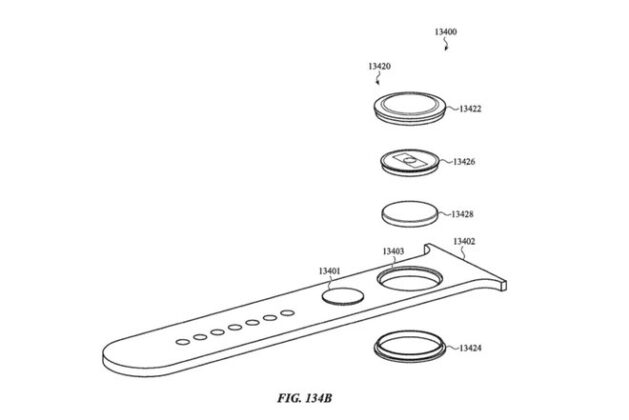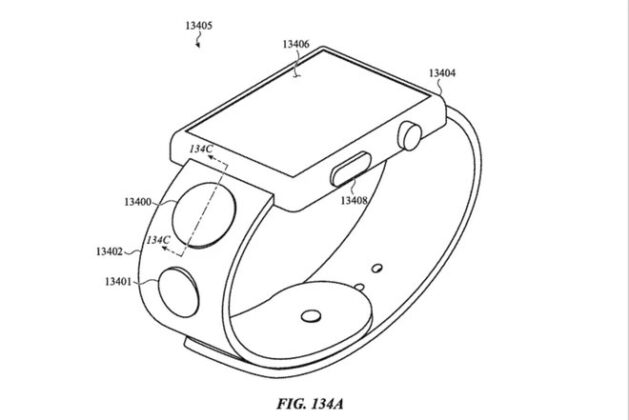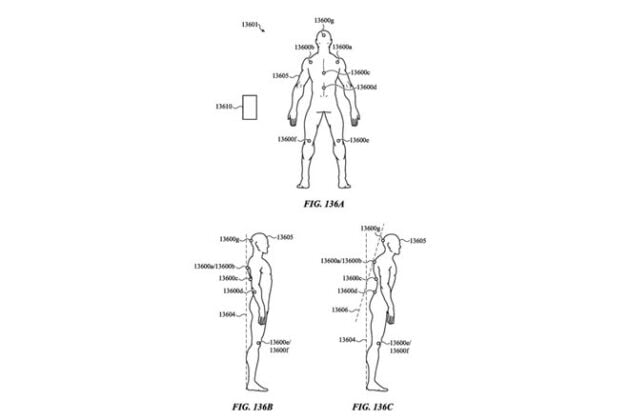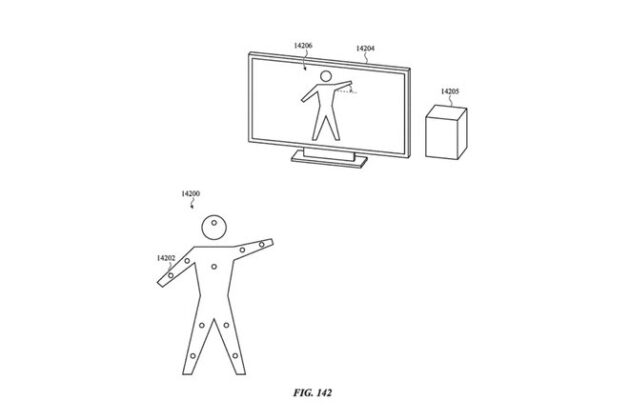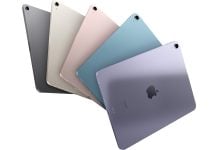Apple hasn’t announced the AirTags yet. However, the small tracking device has been out in the wild before. Now, an old patent from Q3 2019 reveals the use-case scenarios and designs of the AirTags.
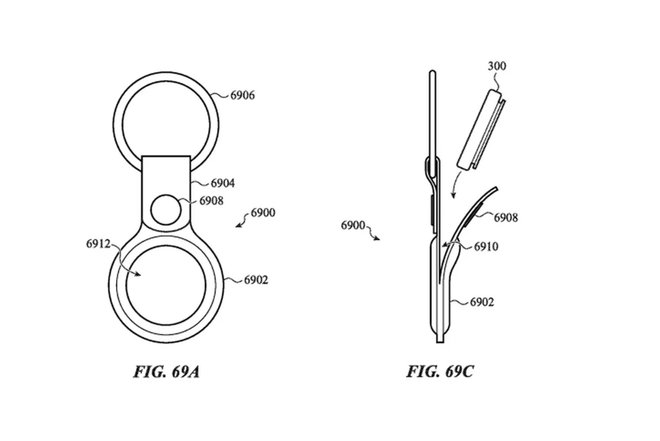
First spotted by Patently Apple(via Pocket-lint), the patent shows two major designs – “Mounting base for a wirelessly locatable tag”. “And fastener with a constrained retention ring”. Apple has filed it at the USPTO(US Patent and Trademark Office) which got published recently.
For the unware, AirTags is a small battery-powered Tile-like Puck tracker that can locate an object wirelessly by sending a signal to a receiver like the iPhone. And just like we use GPS to find location, the signal is used to detect the object. Methods mentioned in the patent include localization techniques such as time of flight, received signal strength indication, triangulation, etc.
EDITOR’S PICK: Apple iPhone 12’s MagSafe charger works with some Android smartphones
Find objects, display maps of a building
Some of the use-cases mentioned in the patent are tracking the location of keys, purse, backpack, clothing, or any other suitable personal item. So if one of these is lost, they can easily find them, probably using an iPhone.
Additionally, the AirTags can also trigger actions on devices like smartphones when nearby. For instance, if the tag is attached inside a building. And if an individual enters its threshold distance, the smartphone detects the tag. Following this, it can display the map of the building on the device.
Further, the patent says, AirTags’ ultra-wideband technology could help locate the device with an accuracy of a feet or less. In turn, the tags can produce audible sound/haptics to find them. However, if you are not within a certain range, it can transmit data through other people’s devices as well.
Posture measurement, Motion Tracking
However, this is not the only intended scenario. The patent filing shows designs of various use-cases like measuring a human posture, control a character on screen by sticking it onto your body. For instance, to facilitate AR experience, it can be used as an in-game piece. A game of chess can be played with each Tag piece representing a chess piece in the game. Also, other examples include exercise, where a trainer can track and evaluate the movements performed by the trainee with AirTags attached to him via the TV.
That being said, the patent shows a lot of illustrations which will be more exciting to use, and experience only when Apple brings it to the stores.
UP NEXT: Apple will continue to use Qualcomm 5G modems at least until 2024 as per an old document

